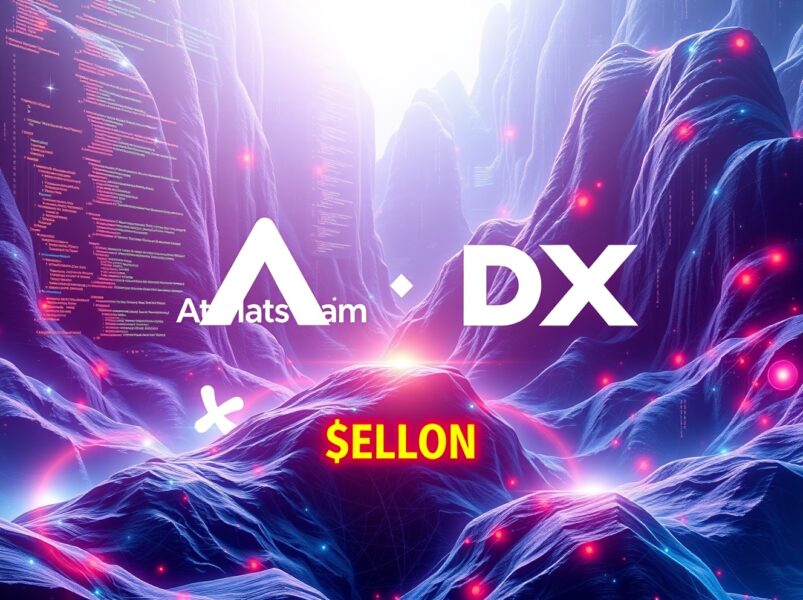Key Insights
- Privacy coins are outperforming the wider market during the November crash as traders rotate into assets with stronger on-chain privacy.
- The new Kohaku privacy system of Ethereum has renewed interest in coins with deeper, base-level privacy like Monero, Zcash, and Dash.
- Monero needs to clear $425, Zcash must break $748, and Dash has to move above $87 to keep their rallies alive.
November has Bitcoin and Ethereum sliding, and many altcoins have broken into the negative zone. But one group is still holding strong. Privacy coins have stayed strong even as the wider market drops.
The new privacy step of Ethereum, Kohaku, has also pulled attention back to coins that offer deeper privacy at the base chain. Here are the three privacy coins standing out right now.
Monero (XMR) Privacy Coin in Focus
Monero is still one of the strongest privacy coins in the market. It hides the sender, receiver, and amount in every transfer.
There is no transparent option, unlike Kohaku’s opt-in model. This makes Monero the cleanest example of full privacy, and that is why it has led the privacy group while the market crashed.
XMR has held up well. In the last three months, it has been up about 50.1%. The broader privacy-coin space has moved higher during Ethereum’s privacy push, and Monero has been at the front of that move.
Monero has been stuck inside a rising wedge since 1 August. It has tried many times to break above the upper trend line but failed each time.
Now the price is close again, and the privacy narrative makes this attempt important.
A close above $425 shows real strength and gives Monero a chance to crack the bearish pattern. A move above $477 turns it into a bigger rally.
As long as the privacy coin stays above $367, buyers remain in control. But slipping under that level weakens the trend and can send the chart toward $304.
Zcash (ZEC): One of the More Profitable Privacy Coins
Zcash is the closest match to the Kohaku idea. It uses zk-SNARKs, which let users choose between transparent and shielded transfers.
This is very similar to the new “opt-in privacy with optional disclosure” model of Ethereum at the wallet layer.
The market reacted fast to the privacy coin. ZEC is up almost 1500% in the last three months, making it one of the strongest performers in all of crypto.
After rallying to $748, the ZEC price has now been moving slowly.
It is still trading above all key moving averages, which shows that the uptrend is intact.
To continue the rally, ZEC needs a candle close above $748, which has stopped several attempts since 7 November.
Staying above the $585–$623 zone keeps the short-term structure healthy. But a close below $498 turns the short-term trend bearish.
Dash (DASH): Most Promising for Traders?
Dash is not as private as Monero or Zcash. It uses a mixer-style system called PrivateSend, which is weaker than cryptographic shielding.
But many traders still treat Dash as a privacy coin, and it has done well during the market crash. In the last three months, DASH is up more than 244%, putting it ahead of most large altcoins.
Dash has one of the cleaner charts right now. Between 30 Oct. and 19 Nov., the price made a higher low while the RSI made a lower low.
This split often shows that the pullback is losing strength, and buyers may return. A close above $87 keeps the rally going for the privacy coin.
Moving above $103 strengthens the breakout. If the trend holds, extension zones sit near $148–$171. But dropping under $61.38 breaks the structure and weakens the setup.
Source: https://www.thecoinrepublic.com/2025/11/19/top-3-privacy-coins-to-watch-amid-the-market-crash-and-ethereum-push/


